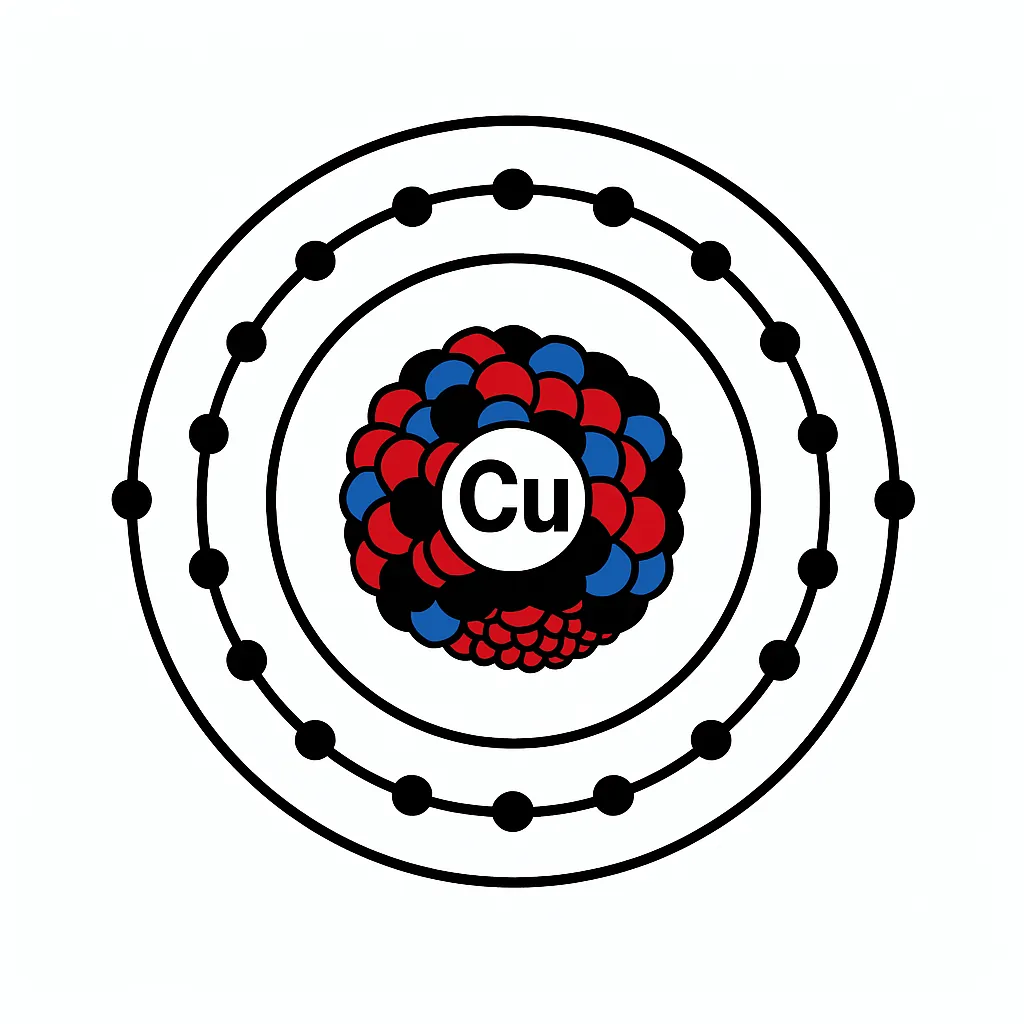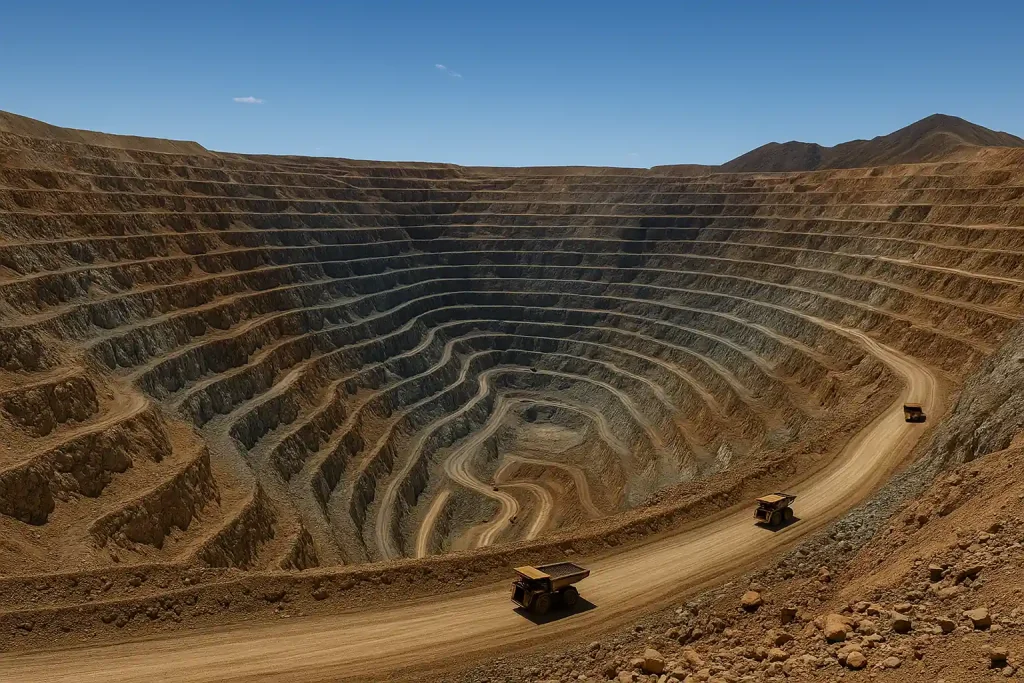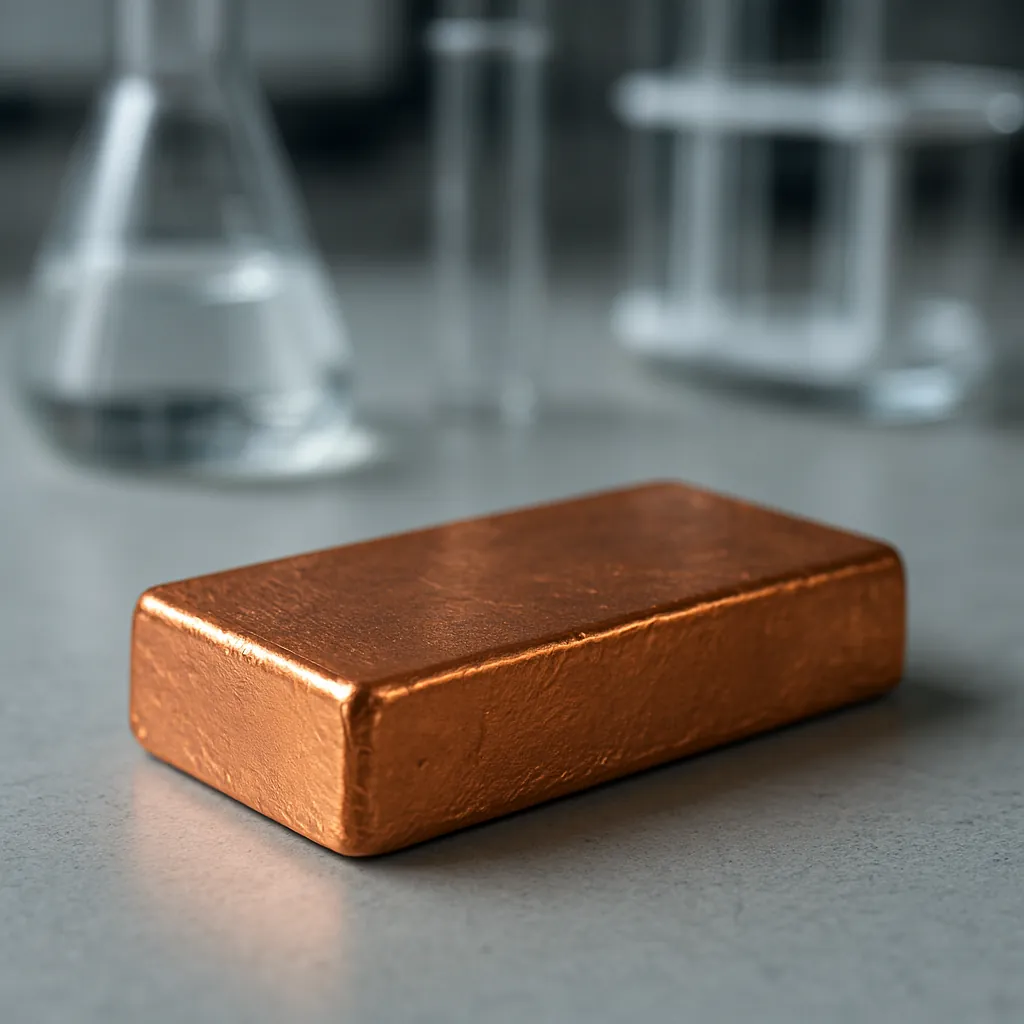Introduction
Copper has been a vital element in human history, valued for its diverse applications. In the periodic table, it holds a specific spot that explains its remarkable traits. With the symbol Cu and atomic number 29, it belongs to group 11, period 4. This position places it among transition metals, sharing traits with silver and gold. Its discovery dates back to 9000 BCE, marking the dawn of metallurgy. Today, it’s indispensable in technology and industry. This article explores copper periodic table position and its implications.
Ancient societies hammered this metal into tools and ornaments due to its malleability. By 5000 BCE, smelting techniques emerged in the Middle East, advancing its use. The Bronze Age saw it alloyed with tin, revolutionizing toolmaking. Archaeological sites, like those in Anatolia, reveal its early significance. Its role in trade shaped economies across continents. The copper periodic table position highlights its metallic behavior.
The element’s journey reflects human innovation across millennia. From Egyptian artifacts to Roman coins, its presence is widespread. Understanding the copper periodic table position helps explain its properties. This article starts by examining its historical role. Let us dive into its past.

Historical Significance
Copper’s history began with its discovery in native deposits globally. By 4000 BCE, Mesopotamians and Indus Valley people mined it extensively. Its softness allowed early societies to craft advanced tools. Egyptians used it for statues and weapons, symbolizing wealth. This era set the stage for industrial advancements. The copper periodic table position in group 11 explains its durability.
The Bronze Age, around 3000 BCE, marked a turning point for this element. Combining it with tin created bronze, ideal for weapons and tools. Mediterranean cultures, like the Minoans, traded it widely. This trade fostered economic ties across regions. Cyprus became a major source, reflecting its name’s origin—cuprum. The copper patina on ancient artifacts shows its reaction to air.
In the Roman Empire, this metal was crucial for infrastructure and currency. Aqueducts used its corrosion resistance to transport water. Coins, such as the sestertius, were made from its alloys. The copper periodic table position underscores its versatility. Its historical legacy endures today. Let us explore its scientific traits next.

Physical and Chemical Properties
Copper is known for its reddish-brown hue, which turns green when oxidized. As a transition metal, its copper periodic table position is in period 4, group 11. It has a melting point of 1085°C and a boiling point of 2562°C. Its density is 8.96 g/cm³, making it suitable for sturdy structures. These traits have made it a crafting favorite. Its ductility allows it to be drawn into wires.
Chemically, it resists corrosion better than iron, forming a protective layer. The copper patina, a green coating, prevents further decay over time. It conducts heat and electricity exceptionally, second only to silver. This copper conductivity stems from its free electrons, ideal for wiring. Its position explains these metallic qualities. The element’s stability enhances its practical uses.
It alloys easily with metals like zinc to form brass. This adaptability has driven innovations across centuries. Its low reactivity with water ensures longevity in plumbing. The copper periodic table position reveals why it’s so resilient. Scientists study these traits for new applications. Let us now look at its industrial roles.

Industrial Applications
Copper conductivity makes it a cornerstone in electrical industries. It’s used in wiring, motors, and transformers due to its efficiency. Around 60% of global production supports electrical systems yearly. Power grids and electronics depend on its performance. Its durability ensures long-lasting infrastructure. This demand fuels global mining efforts.
In construction, the metal is prized for roofing and plumbing. Its corrosion resistance ensures structures endure for decades. The Statue of Liberty’s green hue comes from its copper patina. Architects appreciate its blend of beauty and function. It’s also used in renewable energy systems like solar panels. The copper periodic table position supports its wide-ranging utility.
The element is vital in transportation and manufacturing sectors. Radiators and heat exchangers benefit from its thermal properties. Alloys like bronze strengthen machinery parts. Over 25 million tons are consumed globally each year. Its industrial role continues to expand. Let us now consider its environmental effects.

Environmental Impact
Mining this metal significantly impacts the environment, altering ecosystems. Open-pit mines remove topsoil, disrupting habitats and biodiversity. Acid mine drainage pollutes rivers with toxic metals. Regions like Chile face severe ecological challenges. Sustainable practices are needed to manage these effects. The copper periodic table position doesn’t directly influence this impact.
Recycling this element reduces mining needs, lessening environmental harm. About 80% of all mined copper remains in use today. Recycling saves up to 85% of the energy used in smelting. European programs lead in these efforts, setting a global standard. Yet, processing waste still poses issues. Responsible management is crucial for sustainability.
Its release into soils can harm plant growth and water quality. In excess, its ions become toxic, though trace amounts are essential. Regulations aim to control industrial emissions. Balancing its use with environmental care is a priority. The copper periodic table position highlights its chemical behavior. Let us conclude with its broader significance.

Leave a Reply